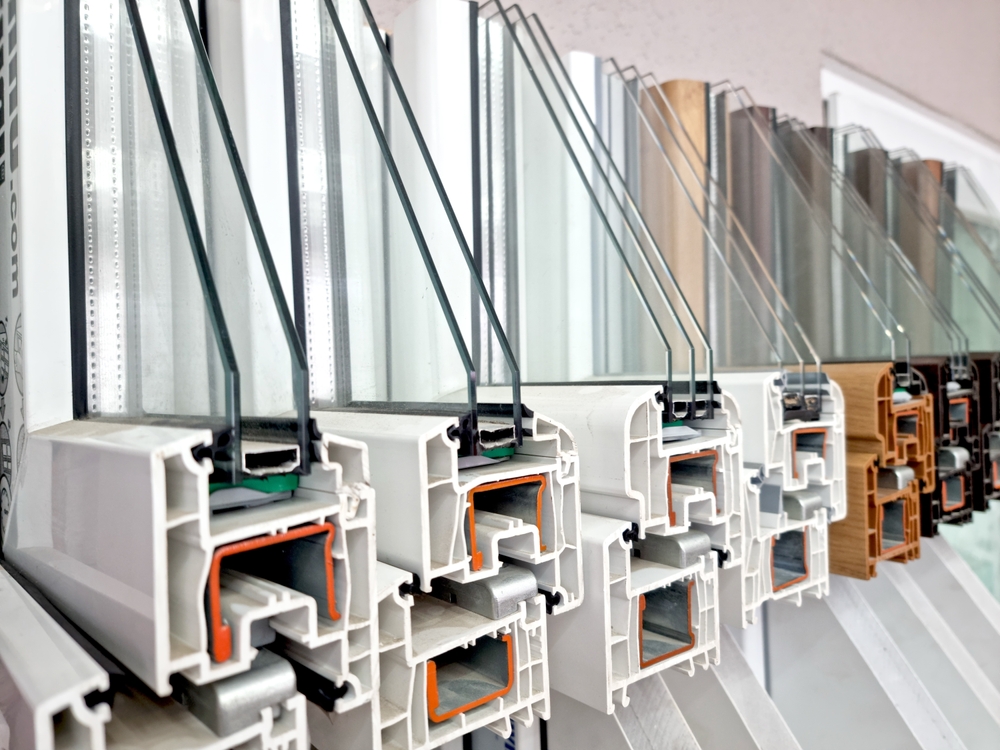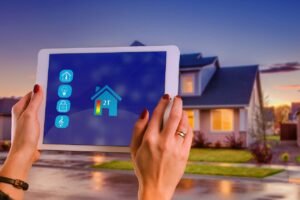Improving your home’s energy efficiency is one of the best ways to reduce energy costs and minimize environmental impact. By making thoughtful upgrades and adjustments, homeowners can significantly cut down on energy consumption while maintaining comfort and sustainability. Whether you are looking to lower your monthly bills or reduce your carbon footprint, here are some of the most effective ways to enhance the energy efficiency of your home.
Optimizing Roof Insulation
A well-insulated roof plays a crucial role in regulating indoor temperatures, keeping your home warmer in winter and cooler in summer. Proper insulation prevents heat loss during cold months and blocks excessive heat from entering during warmer seasons. The choice of insulation material is essential, with options such as fiberglass, cellulose, or spray foam offering high thermal resistance. Additionally, reflective or “cool” roofing materials can help deflect sunlight, reducing heat gain and lowering air conditioning costs. Investing in proper roof insulation is a long-term strategy that not only increases comfort but also leads to significant energy savings over time.
Enhancing Doors and Windows
Doors and windows are common areas where energy loss occurs, making them critical points for improving efficiency. Searching for “UPVC doors near me” could be the start of one of the most significant energy upgrades for your home. Upgrading to insulated-core doors also improves thermal resistance, ensuring that indoor temperatures remain stable. Energy-efficient windows with double or triple glazing can also dramatically reduce heat transfer, keeping your home insulated throughout the year. Sealing air leaks with weather stripping or caulking further enhances insulation by preventing drafts. Installing storm doors and windows can add an extra layer of insulation, offering additional protection against extreme temperatures. These measures collectively contribute to a more energy-efficient home by minimizing heat loss and reducing the workload on heating and cooling systems.
Efficient Heating and Cooling Systems

Heating and cooling systems account for a significant portion of a home’s energy consumption. Upgrading to a high-efficiency HVAC system or heat pump, such as an air-source or ground-source model, can lead to substantial energy savings. Smart thermostats provide an added advantage by optimizing heating and cooling schedules based on usage patterns. Regular maintenance of HVAC systems, including cleaning filters and servicing components, ensures that they operate efficiently. Additionally, sealing and insulating ductwork prevents energy loss, maximizing the effectiveness of heating and cooling systems. By implementing these upgrades, homeowners can enjoy a comfortable indoor climate while reducing energy costs.
Managing Temperature
A key part of making your home’s heating and cooling system work effectively and efficiently is stopping to becoming too hot and cold in the first place – often by traditional methods used for centuries before the invention of modern mechanised systems. External shade features, such as awnings, pergolas, and verandas, help control the amount of sunlight that enters a home. These structures reduce heat gain by blocking direct sunlight, particularly during hot summer months. Overhangs and strategically placed balconies provide natural shading, keeping indoor spaces cooler. Shutters and insulated curtains offer additional insulation, reducing heat loss in winter and preventing excessive heat from entering in summer. Planting deciduous trees around the home can also be an effective natural solution, as they provide shade during warm months while allowing sunlight through in colder seasons. These temperature management techniques help maintain indoor comfort while reducing reliance on artificial heating and cooling.
Improving Lighting Efficiency
Lighting is another area where energy efficiency can be significantly improved. Replacing traditional incandescent bulbs with energy-efficient LED lighting reduces electricity consumption while providing long-lasting illumination. Smart lighting solutions, such as motion sensors, timers, and dimmers, further optimize energy use by ensuring that lights are only active when needed. Natural daylighting is another effective strategy, achieved through the installation of skylights or strategically placed windows that maximize natural light exposure. These changes contribute to a more energy-efficient home by reducing the need for artificial lighting, lowering electricity costs, and enhancing overall sustainability.
Harnessing Renewable Energy
Integrating renewable energy solutions into a home is one of the most impactful ways to improve energy efficiency. Solar panels and photovoltaic systems enable homeowners to generate their own electricity, reducing dependence on traditional energy sources. Solar water heaters and heat pumps are excellent alternatives for reducing water heating costs. In some locations, small-scale wind turbines and geothermal systems can also be viable options. Many governments offer incentives or rebates for adopting renewable energy solutions, making these investments more accessible. By transitioning to renewable energy sources, homeowners not only reduce energy expenses but also contribute to a cleaner and more sustainable environment.
Additional Energy-Saving Measures
Beyond major upgrades, several smaller yet effective measures can enhance a home’s energy efficiency. Upgrading to Energy Star-certified appliances reduces electricity consumption while maintaining high performance. Unplugging electronics when not in use prevents phantom energy loss, which can add up over time. Water efficiency also plays a role in energy conservation; installing low-flow faucets, showerheads, and dual-flush toilets helps reduce water heating demands. Using energy monitors allows homeowners to track consumption and identify areas for improvement, making it easier to adjust habits and optimize energy use.


